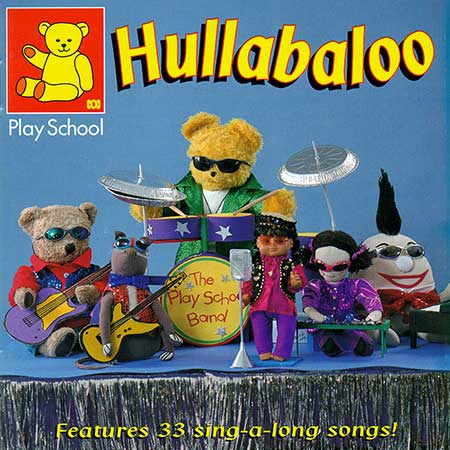
Little People also figured in the lore of the Maliseet-Passamquoddy tribes that occupied the area that is now Maine and New Brunswick. It is said he is "the size of a child, has a beard, a golden staff, white clothes inside and black outside" he lives in a cave and reportedly stole a young man "in order to dress him nicely."6 The Seri Indians who live on Tiburon Island in the Gulf of California, said at one time to be the "wildest and most primitive tribe surviving in North America",5 speak of Abtiso'ma. The Yana Indians who lived along the Sacramento River adjacent to what is now Lassen National Park believed in a race of malignant little people, called yo-yautsgi, who appeared to be the size of small children but had the reputation of enticing travelers and eating them. These Little People often dispensed wisdom and gifts of magic and it is said that a human in the company of one of these creatures does not age.4 They were tiny, well-formed people with hair to the ground and had great power over game animals.Ī similar being was familiar to the Iroquois. Hunters also had Fairy people, called the Tsawa si, to pray to for guidance. Cherokee fishermen would pray to the Water-dwellers, a type of Fairy that lived in the water. The Cherokee say that the Yunwi Tsunsdi' or the "Little People," were known to help lost children, the ill and wounded, and would help the Indians with their work at night.

Mooney reported that just a few years prior to the turn of the 20th century, "two hunters from Raventown, going behind the high fall near the head of the Oconaluftee on the East Cherokee reservation, found there a cave with fresh footprints of the Little People all over the floor."3 A belief in an inherent hostility on the part of the Fairy toward humans is not restricted to those in the Americas.

Because of this hostility, the Cherokee hunters and fishers avoided the falls. The tiny people exhibited a dual nature, being both helpful to humans as well as hostile - should anyone see the Immortals at their work, they would die. Were thought to be no larger than children but were well formed with hair reaching to their feet. A reprint of the 1900 publication "Nineteenth Annual Report of the Bureau of American Ethnology, 1897-98. Known as the Nunne'hi, or the "immortals," theyġ. The Cherokee believed that the Falls of Tallulah, in northeastern Georgia, were occupied by a race of tiny people who lived in the rocks and grottos under the waterfalls. When a man's mind becomes bewildered - not crazy - this is caused by the little people."2 They often decoy people from their homes and lose them in the woods. According to the Creek Indians in the 1800s, "Fairies or little people live in hollow trees and on rocky cliffs. The Little People were thought to affect the minds of sane people. They were called the "Corannians" in Wales, and Rhys believed that the name was derived from the word cor, which meant, "dwarf."Īmerican 19th century ethnologist James Mooney, who studied American Indians in the minutest details, wrote: "The belief in fairies and kindred spirits, frequently appearing as diminutive beings in human form, is so universal among all races as to render citation of parallels ually benevolent and kindly when not disturbed, but often mischievous, and in rare cases malicious and revengeful."1

Rhys thought that the lore of the Fairy were ancient stories of the original inhabitants of Britain. John Rhys advanced this theory at the beginning of the 20th century. The similarities are striking and some have suggested that a common source memory exists or existed widely among people at one time.

However, Fairies appear in the folklore of most every culture and on every continent. When we think of Fairy lore, many of us in the US naturally think of Ireland.


 0 kommentar(er)
0 kommentar(er)
